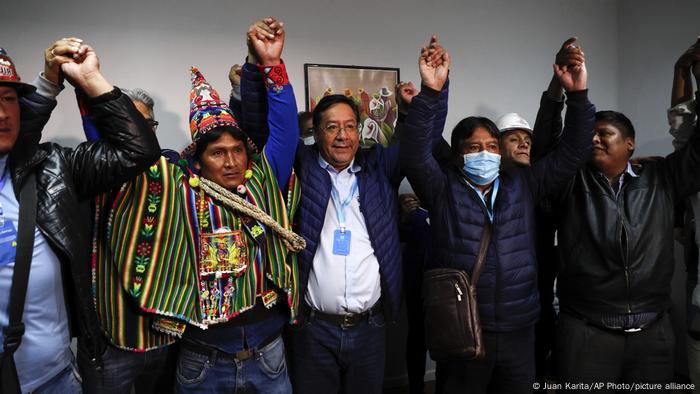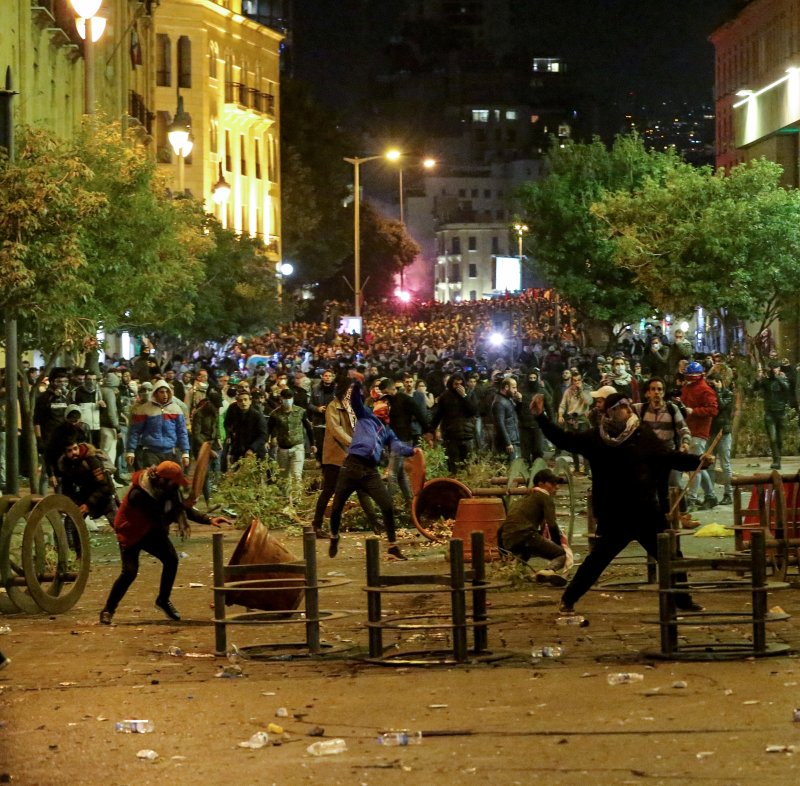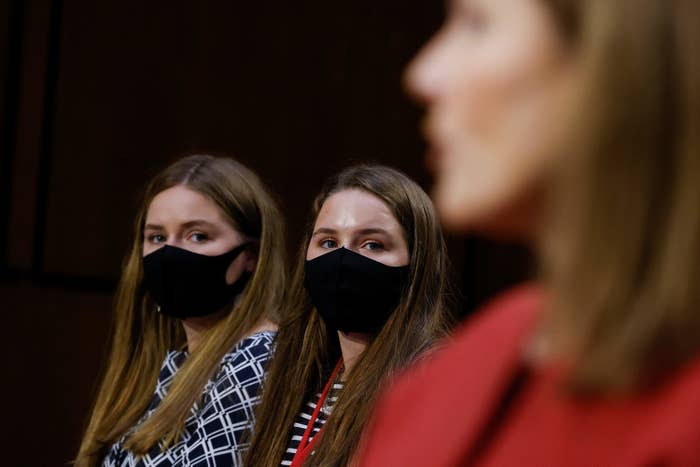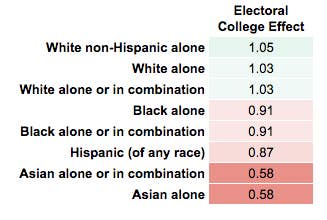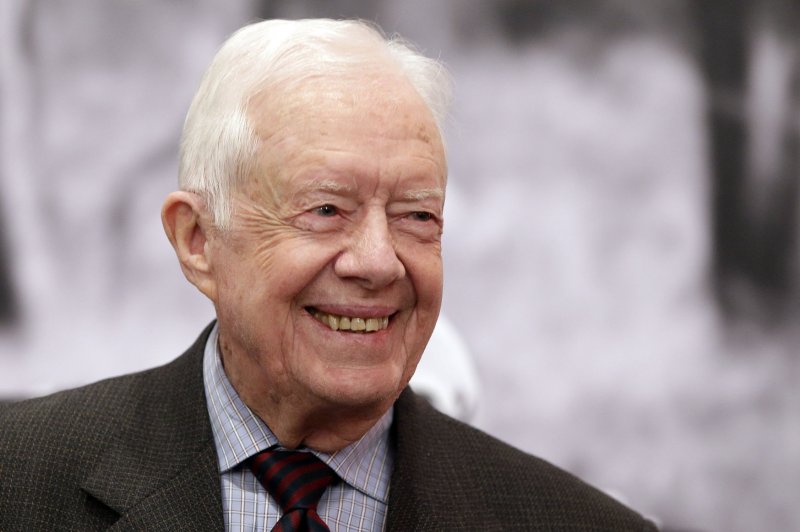MONOPOLY CAPITALISM VS STATE CAPITALISM
Issued on: 19/10/2020 -

Issued on: 19/10/2020 -

The trade war with China is just one way that US President Donald Trump disrupted the global economy STR AFP/File
Paris (AFP)
After four years in office, Donald Trump has failed to achieve his promise to eliminate the US trade deficit, and dealt a lasting blow to the multilateral economic system that global trade is based upon, analysts say.
But even if Democrat Joe Biden wins the presidential election as most opinion polls currently show, US trade policy is likely to maintain a protectionist streak and the confrontation with China to persist.
One of Trump's main 2016 campaign themes was that the United States -- the world's biggest economy -- had been taken advantage of by its trade partners and he pledged to shake up global trade arrangements and eliminate the nation's trade deficit.
Trump has indeed shaken up the global trading system but the US trade deficit has grown under his presidency, and analysts say he has little to show for his efforts.
"Trump's trade policies have delivered few tangible benefits to the US economy while undercutting the multilateral trading system, disrupting long-standing alliances with US trading partners, and fomenting uncertainty," said Cornell University professor Eswar Prasad.
While the US trade deficit with China -- which was Trump's main target -- has indeed shrunk, imports from Canada and Mexico have jumped, deepening the overall deficit.
The import tariff increases that Washington has imposed on many products have "protected American manufacturers", according to Gianluca Orefice, an economics professor at the University of Paris-Dauphine.
But those tariffs also "raised production costs" for US industry and demonstrated the extent of the reliance on Chinese suppliers.
- 'Breaking not building' -
The global economic infrastructure is now in a deep state of flux.
"Obviously his policy has been deeply damaging with respect to Europe, to the WTO, which will be hard to repair," said Edward Alden, a journalist and author who specialises on US trade policy and who is currently a fellow at the Council on Foreign Relations think tank.
Trump's refusal to appoint new judges has paralysed the World Trade Organization's dispute resolution system, hobbling the arbitrator of the world's multilateral trading system.
"Donald Trump has shown he is capable of breaking, but incapable of building," said Sebastien Jean, director of CEPII, the main French institute for research into international economics.
"When one looks at what he got from China one is tempted to say: All that for that?" he added.
The truce in the US-China trade war reached in January left unsolved major points of contention such as intellectual property theft and forced technology transfers.
Meanwhile, "the Trump administration's erratic statements and policy decisions have resulted in the US being perceived as an unreliable and untrustworthy trading partner," said Cornell's Prasad.
This has led certain countries to go around the US and conclude bilateral or multilateral trade pacts, such as when Pacific nations went ahead with a deal after Trump pulled his country out of the Trans-Pacific Partnership.
Trump had vaunted his deal-making prowess as a businessman before his election, but he has shown little taste for intricate and intense multilateral trade negotiations.
Instead he prefers to air grievances against German cars and a French tax on the big tech giants.
- Changing the dynamic -
Trump's four years in office have resulted in "the weakening of the rules-based multilateral trading system, embodied by the WTO, that the US was instrumental in setting up," said Prasad.
That could make it more difficult to achieve much in the way of cooperation to support and sustain a recovery in the global economy from the novel coronavirus crisis.
US journalist Alden does credit Trump with successfully renegotiating the North American Free Trade Agreement with Canada and Mexico, an effort that was supported by both Democrats and Republicans.
CEPII's Jean also credits Trump with changing the dynamic concerning China, which helped the EU change its policy towards Beijing, including several European countries joining the US in banning 5G mobile equipment from Chinese manufacturer Huawei.
The Brussels-based European think tank Bruegel said it believes that a Biden victory would mean a return to more courteous US style of diplomacy.
But the content may not change that much.
"The differences between Trump and Biden on trade are smaller than on many other issues," said Alden.
The positions of both Democrats and Republicans have hardened in recent years towards China, which is now viewed as a rival that needs to be contained as it has not evolved into a liberal market economy as had been hoped.
"Under either candidate, the trade war is likely to spread," said Vicky Redwood at Capital Economics.
"The trade war was basically inevitable given China's economic rise and persistence with high levels of state intervention rather than adoption of market forces," she said.
© 2020 AFP
Paris (AFP)
After four years in office, Donald Trump has failed to achieve his promise to eliminate the US trade deficit, and dealt a lasting blow to the multilateral economic system that global trade is based upon, analysts say.
But even if Democrat Joe Biden wins the presidential election as most opinion polls currently show, US trade policy is likely to maintain a protectionist streak and the confrontation with China to persist.
One of Trump's main 2016 campaign themes was that the United States -- the world's biggest economy -- had been taken advantage of by its trade partners and he pledged to shake up global trade arrangements and eliminate the nation's trade deficit.
Trump has indeed shaken up the global trading system but the US trade deficit has grown under his presidency, and analysts say he has little to show for his efforts.
"Trump's trade policies have delivered few tangible benefits to the US economy while undercutting the multilateral trading system, disrupting long-standing alliances with US trading partners, and fomenting uncertainty," said Cornell University professor Eswar Prasad.
While the US trade deficit with China -- which was Trump's main target -- has indeed shrunk, imports from Canada and Mexico have jumped, deepening the overall deficit.
The import tariff increases that Washington has imposed on many products have "protected American manufacturers", according to Gianluca Orefice, an economics professor at the University of Paris-Dauphine.
But those tariffs also "raised production costs" for US industry and demonstrated the extent of the reliance on Chinese suppliers.
- 'Breaking not building' -
The global economic infrastructure is now in a deep state of flux.
"Obviously his policy has been deeply damaging with respect to Europe, to the WTO, which will be hard to repair," said Edward Alden, a journalist and author who specialises on US trade policy and who is currently a fellow at the Council on Foreign Relations think tank.
Trump's refusal to appoint new judges has paralysed the World Trade Organization's dispute resolution system, hobbling the arbitrator of the world's multilateral trading system.
"Donald Trump has shown he is capable of breaking, but incapable of building," said Sebastien Jean, director of CEPII, the main French institute for research into international economics.
"When one looks at what he got from China one is tempted to say: All that for that?" he added.
The truce in the US-China trade war reached in January left unsolved major points of contention such as intellectual property theft and forced technology transfers.
Meanwhile, "the Trump administration's erratic statements and policy decisions have resulted in the US being perceived as an unreliable and untrustworthy trading partner," said Cornell's Prasad.
This has led certain countries to go around the US and conclude bilateral or multilateral trade pacts, such as when Pacific nations went ahead with a deal after Trump pulled his country out of the Trans-Pacific Partnership.
Trump had vaunted his deal-making prowess as a businessman before his election, but he has shown little taste for intricate and intense multilateral trade negotiations.
Instead he prefers to air grievances against German cars and a French tax on the big tech giants.
- Changing the dynamic -
Trump's four years in office have resulted in "the weakening of the rules-based multilateral trading system, embodied by the WTO, that the US was instrumental in setting up," said Prasad.
That could make it more difficult to achieve much in the way of cooperation to support and sustain a recovery in the global economy from the novel coronavirus crisis.
US journalist Alden does credit Trump with successfully renegotiating the North American Free Trade Agreement with Canada and Mexico, an effort that was supported by both Democrats and Republicans.
CEPII's Jean also credits Trump with changing the dynamic concerning China, which helped the EU change its policy towards Beijing, including several European countries joining the US in banning 5G mobile equipment from Chinese manufacturer Huawei.
The Brussels-based European think tank Bruegel said it believes that a Biden victory would mean a return to more courteous US style of diplomacy.
But the content may not change that much.
"The differences between Trump and Biden on trade are smaller than on many other issues," said Alden.
The positions of both Democrats and Republicans have hardened in recent years towards China, which is now viewed as a rival that needs to be contained as it has not evolved into a liberal market economy as had been hoped.
"Under either candidate, the trade war is likely to spread," said Vicky Redwood at Capital Economics.
"The trade war was basically inevitable given China's economic rise and persistence with high levels of state intervention rather than adoption of market forces," she said.
© 2020 AFP



